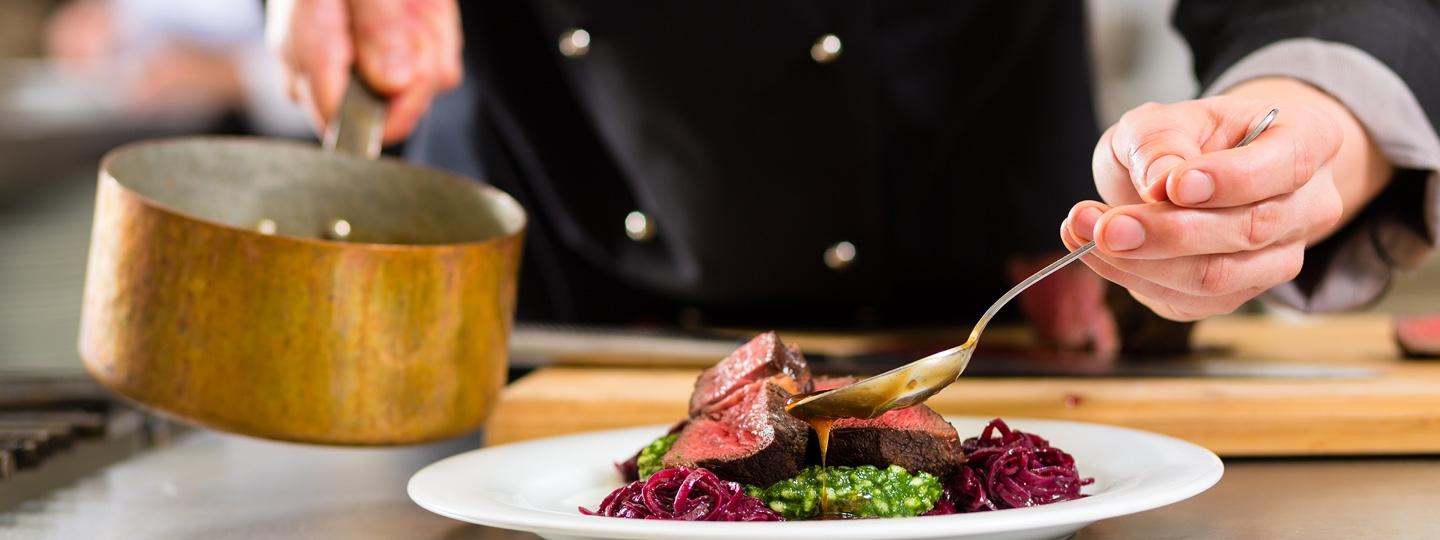MENU
Starting a Business
- Best Small Business Loans
- Best Business Internet Service
- Best Online Payroll Service
- Best Business Phone Systems
Our Top Picks
- OnPay Payroll Review
- ADP Payroll Review
- Ooma Office Review
- RingCentral Review
Our In-Depth Reviews
Finance
- Best Accounting Software
- Best Merchant Services Providers
- Best Credit Card Processors
- Best Mobile Credit Card Processors
Our Top Picks
- Clover Review
- Merchant One Review
- QuickBooks Online Review
- Xero Accounting Review
Our In-Depth Reviews
- Accounting
- Finances
- Financial Solutions
- Funding
Explore More
Human Resources
- Best Human Resources Outsourcing Services
- Best Time and Attendance Software
- Best PEO Services
- Best Business Employee Retirement Plans
Our Top Picks
- Bambee Review
- Rippling HR Software Review
- TriNet Review
- Gusto Payroll Review
Our In-Depth Reviews
- Employees
- HR Solutions
- Hiring
- Managing
Explore More
Marketing and Sales
- Best Text Message Marketing Services
- Best CRM Software
- Best Email Marketing Services
- Best Website Builders
Our Top Picks
- Textedly Review
- Salesforce Review
- EZ Texting Review
- Textline Review
Our In-Depth Reviews
Technology
- Best GPS Fleet Management Software
- Best POS Systems
- Best Employee Monitoring Software
- Best Document Management Software
Our Top Picks
- Verizon Connect Fleet GPS Review
- Zoom Review
- Samsara Review
- Zoho CRM Review
Our In-Depth Reviews
Business Basics
- 4 Simple Steps to Valuing Your Small Business
- How to Write a Business Growth Plan
- 12 Business Skills You Need to Master
- How to Start a One-Person Business
Our Top Picks
Table of Contents
Restaurateurs have myriad considerations when starting a restaurant. They likely plan for significant expenses like rent, restaurant equipment, staff, and food. But many new owners neglect to include marketing costs in their budget. When the establishment opens, and they must attract customers to the restaurant, there’s a problem. They’ll need to cram marketing costs into their budget after already incurring operating expenses, stressing the entire operation.
Your new restaurant might serve the best food in town, but if no one knows about it, you’ll never have enough customers to stay in business. It’s crucial to create a marketing plan for your restaurant and allocate money from the start to maximize your chances of success.
Tips on marketing budgets for restaurants
Marketing your restaurant is crucial but staying within a reasonable budget is also essential. Here are some tips on restaurant marketing budgets:
- Spend more on marketing in the beginning: No one knows you when your restaurant is new. Spending more, in the beginning, makes sense to increase awareness and attract customers. Once you have happy customers, you’ll start getting repeat business, good customer reviews, and referrals, and you can drop your spending to a lower level. Consider offering discounts initially. Over half of diners (54 percent) say coupons and other deals encourage them to try a new restaurant, according to Vericast.
- Allocate a percentage of revenue to your marketing budget: A good rule of thumb is to allocate about 3 percent to 6 percent of your revenue to marketing. While this is a guideline, you should only fall outside those figures with a good reason. If you have an increase of more than 6 percent, it should only be short-term. Hopefully, the extra money you put into marketing increases your sales, and you’ll be under 6 percent again.
- Take seasonality into account: The restaurant business is often seasonal. It’s a mistake to overspend on marketing during slow periods. Restaurants should utilize a seasonal marketing strategy, spending more during busy seasons and less when business is slower.
- Use buyer personas: The biggest way to waste money on marketing is with a shotgun approach instead of a targeted approach. Build customer personas for your audience and determine where they are and what they want. For example, say your target customer is a professional who works nearby and needs a business lunch location. In this case, consider distributing menus or postcards to nearby businesses instead of advertising on Facebook. If your target audience includes millennial parents looking for a family-friendly casual restaurant, consider Instagram advertising or direct mail.
- Ensure your marketing efforts are trackable: No matter how you market your restaurant, ensure your efforts are trackable. Tracking social media metrics and other measures tells you which marketing channels and campaigns are effective and which can be dropped.
- Start slowly with your marketing efforts: Consider starting slowly with any marketing campaign or project. A cautious start helps you avoid hasty decisions and mistakes.
- Be creative with your restaurant marketing: Creative marketing helps you spend less and still achieve results.
- Continually refresh your marketing efforts: You must continue to reevaluate and refresh your marketing. You can’t set it, forget it, and expect it to continue working for you.
The National Restaurant Association predicted that restaurant sales would increase in 2022 to $898 billion due to pent-up demand, making this an excellent time to take your restaurant to the next level with marketing.
Where to spend your restaurant marketing budget
Once you’ve been in operation for a while, consider breaking your marketing budget into a 70/20/10 model:
- 70 percent of your restaurant marketing budget: The bulk of your budget (70 percent) should be allocated to marketing techniques that have been most successful in the past.
- 10 percent of your restaurant marketing budget: Next, 10 percent of your restaurant marketing budget can go to testing completely new approaches. You should not expect to see any initial return on this investment.
- 20 percent of your restaurant marketing budget: The last 20 percent goes to marketing you tested in the previous 10 percent. Whenever you try something with 10 percent of your budget, and it succeeds, move it to the 20 percent budget area and then try something new with the 10 percent. This way, you’re constantly trying something new while spending the bulk of your budget on what you know works.
Restaurant marketing is crucial for success
Marketing your restaurant is vital to a successful business. While marketing might be a significant expense, it’s not something you can afford to overlook or omit from your business plan.
When creating your overall business budget, carefully consider your marketing plan to identify hidden costs. You can save time and stress by recognizing unexpected expenses early in the process.











